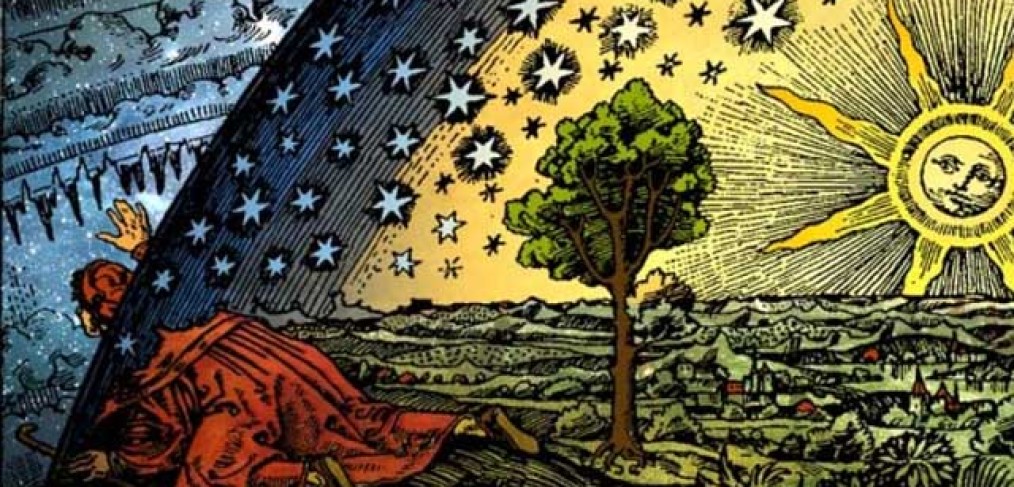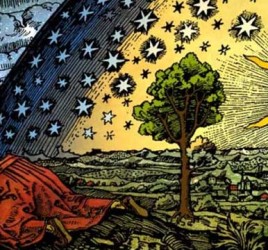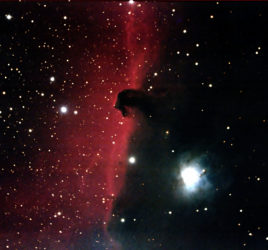
Astronomy Factoid List
Astronomy Factoid 1:
The Earth rotates on its axis once every 24 hours. This results in a star appearing to move 1-degree every 4 minutes to the west. 15-degrees each hour. Telescopes that track the stars must be driven at that speed, 15-degrees per hour to the west.
Astronomy Factoid 2:
Earth Orbits the Sun once in 365.24 days. This results in stars moving just under one degree per day to the west. A star will be 3 minutes 56 seconds (3:56) to the west every 24 hours. The Sun will appear to move about 3:56 minutes to the east against the stars each day.
Astronomy Factoid 3:
The Earth’s orbit is elliptical. This results in faster motion at perihelion (closest to the Sun – Northern hemisphere Winter – 69,000 miles per hour) and slower motion at aphelion (Farthest from the Sun – Northern hemisphere Summer – 65,000 miles per hour). A month is 30-degrees of motion of the Sun against the stars. This explains why February has 28 days and both July and August have 31 days.
Astronomy Factoid 4:
The Moon orbits the Earth in 27.32 days. This results in the Moon moving 13 degrees to the east each day against the stars. 15-degrees would be one hour, 13-degrees is 50-minutes. The Moon rises 50-minutes later each day as measured by the stars. But, due to the motion of the Earth around the Sun, it is 29.53 days between Full Moons. Full Moon is when the Moon is directly opposite the Sun. Most years have 12 Full Moons and 7 out of every 19 years have 13 Full Moons..
Astronomy Factoid 5:
Astronomers use time as Longitude in the sky. They call longitude Right Ascension. Every 15-degrees is an hour angle resulting in 0 to 23-hours 59-minutes and 59-seconds covering the entire sky. Zero hour is at the point where the Vernal Equinox is on the equator. RA increases to the east. Latitude in the sky is named Declination. Declination zero is at the equator in the sky. Declination is 0 to +90-degrees for Northern Hemisphere and 0 to -90-degrees for Southern Hemisphere. It is common practice to omit the plus sign, but always include the negative sign. Many star catalogs use a convention of naming objects by using the RA and Dec in decimal form pushed together and omitting the plus sign.
Astronomy Factoid 6:
Pareidolia – Seeing patterns in randomness. Seeing familiar shapes in clouds, the Man-in-the Moon or Rabbit-in-the-Moon apparitions/illusions, and the shapes of star clusters.



